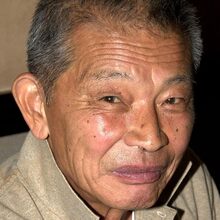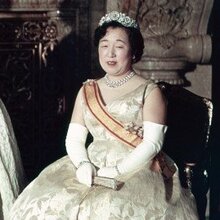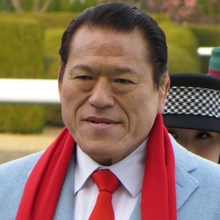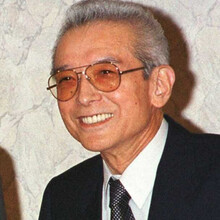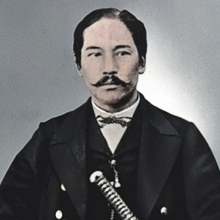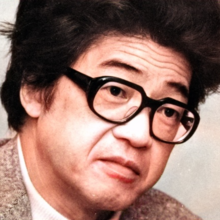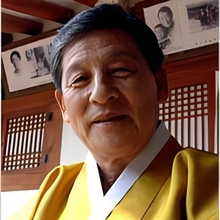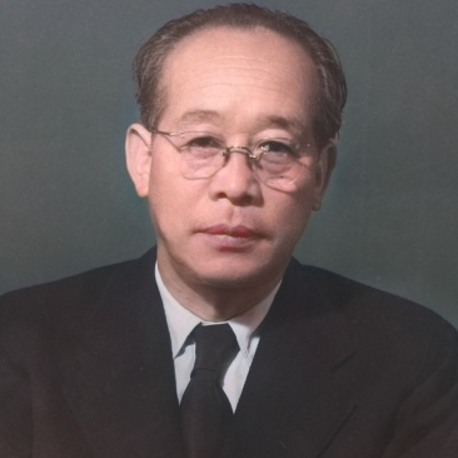
Personal
Other names:
Job / Known for:
Film director and screenwriter
Left traces:
His acclaimed films that explore the oppression
Born
Date:
1898-05-16
Location:
JP
Hongō, Tokyo, Japan
Died
Date:
1956-08-24 (aged 58)
Resting place:
JP
Death Cause:
Leukemia
Family
Spouse:
Kinuyo Tanaka (1941-1946)
Children:
Parent(s):
Zentaro Miguchi and Masa Miguchi
QR Code:
Show More
Rank
Users ranking to :
Thanks, you rate star
Ranking
5.0
1
About me / Bio:
Show More
Article for Kenji Mizoguchi
Died profile like Kenji Mizoguchi
Comments:

